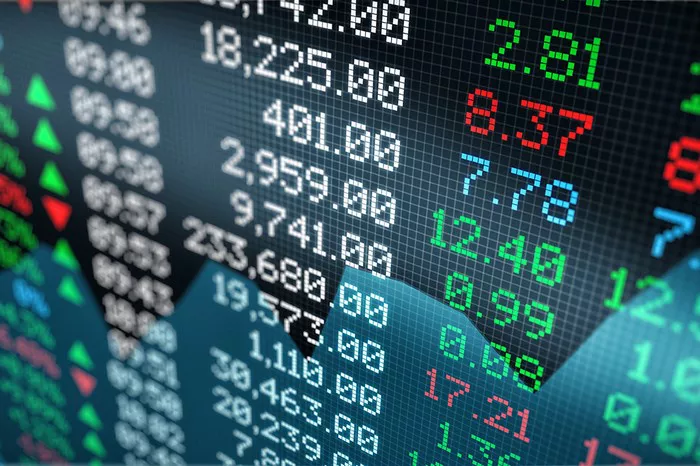On Monday, the volatility of S&P 500 options surged past that of the Nasdaq 100 for the first time since the onset of the COVID-19 pandemic. The Cboe Volatility Index (VIX) soared to 38.57, exceeding the Nasdaq 100’s VXN by 1.1 times. This significant deviation has not been seen since 2020 and is viewed by Citigroup’s Stuart Kaiser as indicative of a crisis-like situation.
Intraday, the VIX reached 10 points higher than what market internals suggested and closed 6 points above Citigroup’s fair value estimate, which is derived from S&P 500 returns, realized volatility, and the VVIX, an index of VIX volatility.
Chris Murphy, co-head of derivatives strategy at Susquehanna International Group, noted that the recent sharp increase in VXN indicates a catch-up effect. He explained that the VIX often remains the last bastion of liquidity, and when it spikes more significantly than other measures, it usually signals that we are nearing the peak of rising volatility.
On Monday, the volatility of one-month S&P options surged well beyond realized volatility, a divergence that typically occurs during market stress. Investors who attempted to time a market rebound on Friday faced another day of rising VIX and a declining S&P 500.
Carley Garner, founder and senior strategist at DeCarley Trading, observed that recent years have conditioned investors to “buy the dip” successfully. However, she noted that for the first time in a long period, these aggressive dip buyers experienced significant losses.
Some traders view the heightened volatility and the resulting market selloff as an opportunity, reminiscent of the “Volmageddon” event of 2018. Murphy highlighted that despite the current turmoil, some investors are remaining opportunistic, particularly those engaging in put option sales on stocks like Apple Inc. and Nvidia Corp., and purchasing iShares MSCI Japan ETF (EWJ US). Conversely, those not taking advantage of the situation are often investors with large positions being forced to exit.


